When meeting new people, we all know the importance of creating a great first impression. This is also true when you present your spa business. And today your website is usually the first interaction customers have with your dealership.
Let’s take a look at some stats about your online presence and its influence on your retail business.
- 85% of customers search the web before making a purchase decision.
- 94% of a website user’s first impressions are design-related.
- 75% of consumers admit to making judgments on a company’s credibility based on the company’s website design.
And perhaps the most intimidating one: It takes 50 milliseconds for users to form a first impression on a website. If your site has a poor appearance or a slow load time, keeping people on the page or getting them to return may be impossible. However, if your site inspires trust, you have a much greater chance of gaining a lead, making a sale down the road, or at least not screwing it up.
How Do You Design Your Website the Right Way?
The ideal retailer’s website doesn’t have to be perfect to be effective, but it does need to be visually attractive, engaging, and have a clear call-to-action. Whether you’re attempting to do it on your own, or whether you’re hiring it out to an agency, you’ll need to know these basic elements of retail websites to be sure the final product serves your business needs. Here are 8 important tips that take your website from one that checks a box to a website that attracts many more potential customers and ultimately drives sales.
Step 1: Identify Your Target Audience, Goals, and Identity
Creating a highly effective website begins with recognizing your target audience, defining your website’s goals, and establishing your business identity. The better you can answer these questions, the easier it will be to design an effective website and optimize it to attract and convert leads.
What do your potential customers want to achieve by visiting your website?
It’s likely that your visitors want to obtain your contact information. Contact details need to be exactly where the site visitor expects it: in the top right corner, at bottom of the page, and on a dedicated contact page.
Your site visitors are also likely to look for final bits of information, especially pricing, on a spa brand and model they’ve likely already researched. It is never a good idea to copy your manufacturer’s website—their visitors are looking for something different than yours.
Site visitors on a local retail website are also looking to identify any special offers available. This is great news. If you’re providing this info clearly, they are ready to buy.
What do you want potential customers to do when they get to your site? How will you measure success?
Most spa businesses want someone to call your phone number, fill out a form, and answer their own questions before they buy.
What problem does your business solve better than anyone else?
Establish your own unique value proposition (UVP) to help communicate the specific benefits you provide to your potential customers. Use a short version of your UVP, with keywords, in your home page headline (H1 tag).
Examples:
“New York City’s Best Hot Tub Brands for Over 20 Years” (You can find the best brands here and they have been around so you can trust them.)
“Relax with Tulsa’s Hot Tub Pros, Your Peace of Mind is Our Thing” (Your local expert who brings you peace of mind.)
“The Most Affordable Hot Tubs in Des Moines” (They offer lots of cheap hot tubs in Des Moines. You won’t pay too much.)
What are their basic demographics? (Age, income, where they live, etc.)
Create your website content specifically for these people and really no one else. Creating personas, with specific traits, can help you identify more closely with your site visitors as you create web content and hone in on what really matters to them.
Once you’ve completed this question/answer exercise, you’ll be amazed at how much clarity of purpose you’ll gain. Instead of just making a website because you know you need one, you’ll be able to determine exactly what your website can and should be doing for your business.
Step 2: Determine Whether You Develop the Site In-House or Hire an Agency
You basically have two options these days when it comes to who will design your website—do it yourself or hire an outside agency. While doing it yourself, hiring in-house, or having someone in your company create your website may sound like a viable and cost-effective solution, this is rarely the case.
You’ve probably seen the advertisements for do-it-yourself website services. Many domain and hosting providers like GoDaddy, Host Gator, or Blue Host offer “site builders” that allow you to “create your own website.” Other solutions like Square Space, Wix, and Weebly offer templated hosted website solutions. While these options technically allow you to create a website, they are not ideal for many reasons, including clunky interfaces, lack of design options, poor user experiences, expensive monthly costs, and/or SEO problems.
Your business is too valuable to risk having just anyone handle your most important marketing document.
Be honest with yourself. Are you a web design expert? Is your salesperson, your niece/nephew, or your service tech a website expert? Not likely.
Your time is a valuable investment and so is your website. Your business is too valuable to risk having just anyone handle your most important marketing document. Building a website in-house is likely to cost you far more time than you can imagine, once it’s all said and done. Building your site in-house can also mean hiring additional staff or shifting the responsibility onto current staff who may let other important functions fall through the cracks. The only real benefit of building your website in-house is more hands-on control of the process. But if your site is done correctly, using a CMS like WordPress, you can easily access your site and change the content at any time regardless who created it.
When you hire an outside designer or creative agency to build your site, you have the added benefit of their expertise and resources. A good designer will help you present a clean and consistent look that is appropriate for your brand. A good web designer will provide you with all the tools you need to access and manage your site through a CMS. Good web design and development is also likely to improve search engine rankings, drive more organic traffic, and boost brand exposure.
Step 3: Buy a Domain & Decide on Hosting For Your Site
Before you or your designer can begin work on the website, you’ll need to purchase a unique domain name and choose a hosting platform. This process is rather straightforward, but does require some basic research to find the best hosting option for your company.
Secure a domain name first.
When buying a domain name, you can find out if your store name has already been claimed by using a domain registrar like Network Solutions or Godaddy. If your preferred name has been registered, you’ll have to choose either a variation or an alternate name. Consider adding in the name of your city, abbreviating your company name, or getting a little creative. A “dot com” domain is always preferable. Your domain name should be as short as possible, should not contain symbols where possible, and it should quickly indicate what your business does (for example, it’s may be a good idea to put in some variation of “hottubs” or “pools”).
Sign up for website hosting.
Hosting refers to where your site files will live and how they will be served to the internet. Unless you maintain your own web server, you’ll have to purchase a subscription for web hosting. Web hosting companies maintain web servers so you don’t have to. You’ll typically do fine with a shared hosting option like Bluehost, Godaddy, Host Gator, or any number of other hosting services. These services are generally more affordable and come with many features that make hosting more simple. You can always switch to a more premium managed hosting solution like WP Engine, which is more expensive but offers better security, better support, and optimization controls.

Things to consider when choosing a hosting platform:
- Customer service level
- Online customer reviews
- Options for upgrading
- Ease of use
- Refund policy
- Ease of switching to or from their platform
Step 4: Outline Your Basic Site Structure, Keep It Simple
One of the biggest mistakes businesses make is to try to fit all their services, products, and information on their homepage. In the end, this just confuses and frustrates visitors coming to their site. A messy website with excessive content on one page can be considered spammy and will be ineffective at converting visitors to leads.
The information architecture of Great Bay Spas & Saunas website serves as an excellent example of the right amount of useful information organized in an easily navigable way. They even use a “persistent header” that keeps their contact info visible no matter how far down the page the user is scrolling.

Each page on your site should have a single, clear objective along with a recognizable call-to-action (CTA). For example, the homepage should focus on introducing your brand and how your company can better serve your customers. Save business bio details for the “about us” page, and dig into the features of individual products and services on their respective pages. A good CTA could be to call your phone number, fill out a contact form, subscribe to your newsletter, or even to visit another key page on your site for further information.

You may be tempted to put in multiple CTAs, but it’s recommended that you stick to one per page. This helps you improve the customer experience and more effectively set them on the desired path toward conversion.
An intuitive site architecture is also important. Create a hierarchy of product categories with subcategories that is logical and easy to navigate. Which products are most popular or generate the most revenue? Consider featuring those products prominently in your site structure.
Step 5: Write Content for People as well as Search Engines
Your site’s written content needs to be both user- and search-engine friendly. Ten years ago, many businesses “stuffed” keywords into their websites in an effort to rank well on Google and other search engines. Today, this tactic will annoy visitors to your site and will actually harm your search rankings. Current best practices for search engine optimization (SEO) are to focus on optimizing the user experience, link building, and creating valuable content.

Headlines are key to site performance and SEO effectiveness. They should be well thought-out, describe your unique value proposition, use top keywords, and establish credibility. Examples include mention of your business’s legacy of trust and/or strength of brands your business carries.
Tips for better optimization for your customers:
- Provide benefits-oriented content (focus on how your product benefits your customer, not on its features).
- Answer your customer’s most common questions with content on specific pages.
- Use a professional and friendly tone in your language (as well as error and typo free).
- Ensure fast loading speed by reducing image file size and minimizing applications requiring excessive links or heavy code.
- Include up-to-date information that clearly and simply addresses customers’ needs, concerns, and desires.
Tips for optimizing for search engines:
- Write unique HTML title tags, description tags, alt-text image tags, and H1 tags for each page.
- Target only one or two specific keyword or (keyword phrase) that aligns with the theme of each page.
- Make sure there is enough content (at least 250 words) on each page to give search engines a good idea of what the page is about.
- Minimize outbound links.
Step 6: Choose High-Quality, Professional Images
A picture may tell a 1,000 words, but a high-quality image can be worth much more in terms of conversions and visual appeal. Be willing to invest in great photos and avoid relying too heavily on stock photos.

When it comes to quality product and branding images, spa manufacturers often have professional photos available for dealers to use on their sites. You may also need to invest in professional photo shoots to show your own products or showroom effectively. If you do end up using some stock photography, be sure to take a moment to understand image copyright rules.
Step 7: Make Sure Your Site Is Mobile-Friendly
More than half of all Google searches originate from a smartphone or some kind of mobile device. If your site isn’t mobile-friendly, you’re missing out on an enormous chunk of potential customers. Mobile-friendly sites that adjust to different screen sizes are often referred to as responsive website designs.

Dealers should not create a separate website for mobile devices; it’s better to stick with one mobile-friendly site as shown in the images above and below. Although the mobile version is smaller, the site is easy to read and fits the phone screen. Mobile responsiveness can be checked on a desktop by dragging your internet browser to make it smaller. A mobile-friendly website will align to the new size seamlessly and still be readable.

Another convenient way to test for mobile responsiveness is with Chrome’s “Inspect Element” feature:
- In the Chrome browser, right click anywhere on your site.
- Select “Inspect” and a side frame will pop up with information about your website.
- Click on the cellphone icon (toggle device toolbar) in the upper left corner of the “Inspect” frame.
- It will give you the option to test responsiveness on a range of devices, such as the iPhone, iPad, or Galaxy S5.
To make edits to a page’s appearance without changing the appearance of the desktop version, use CSS rules. You can also apply these tips to ensure responsiveness and functionality:
- Use a web template or theme (such as a WordPress theme) with “responsive web design.”
- Pay attention to font size (is it easily readable on a mobile device?) and button size (typically, the bigger the better).
- Test your site on multiple devices to ensure features work as intended. Alternatively, consider using Google’s Mobile-Friendly Test.
Step 8: Test Your Site
Instead of obsessing over the aesthetics of your website, obsess over the functionality. No matter how carefully the design is done, there are bound to be issues that need to be tweaked, optimized, and fixed.
You can only catch these issues through continual split-testing your site. Two of the most popular split testing sites are Optimizely and Unbounce, which allow you to compare two versions of your site to determine which variation results in greater conversions.
Here are other things to test:
- Broken links
- Functionality in different browsers
- Website speed
Following these important tips will get you started in the right direction with a website design optimized specifically for a retail business like yours. Add some great, informational content to the site, and you’ll be seeing results in as little as a few weeks.
Ready to build a great website for your hot tub dealership and improve your SEO? Learn how companies like Big Leap can help you improve your website and online traffic today.


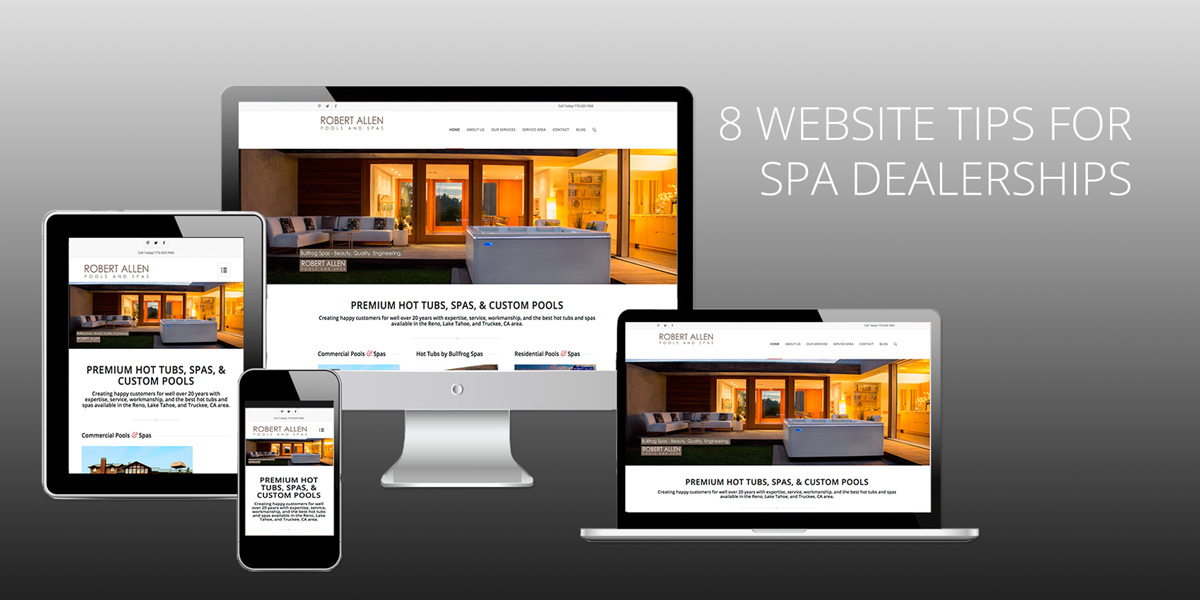
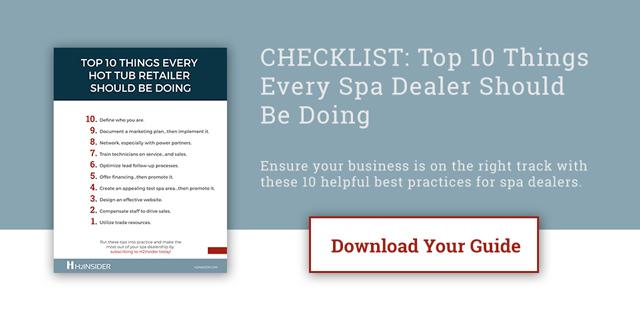

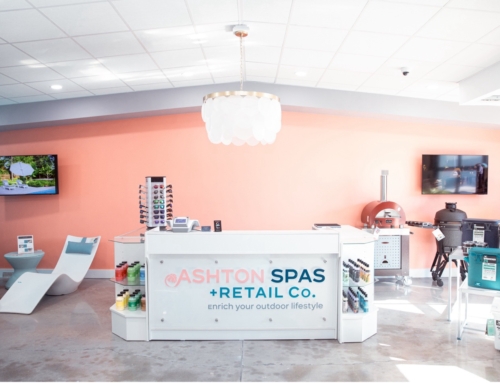

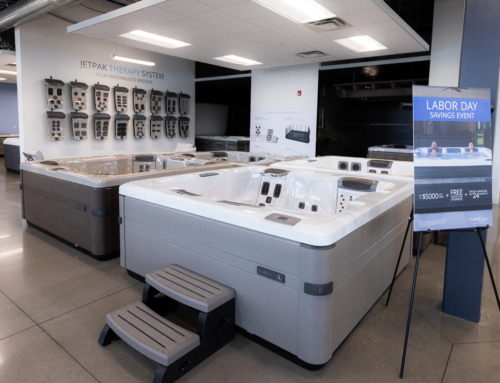

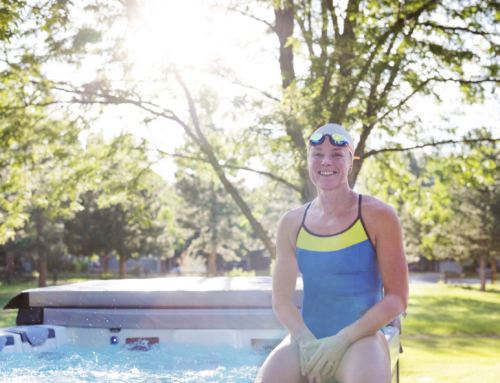
Leave A Comment